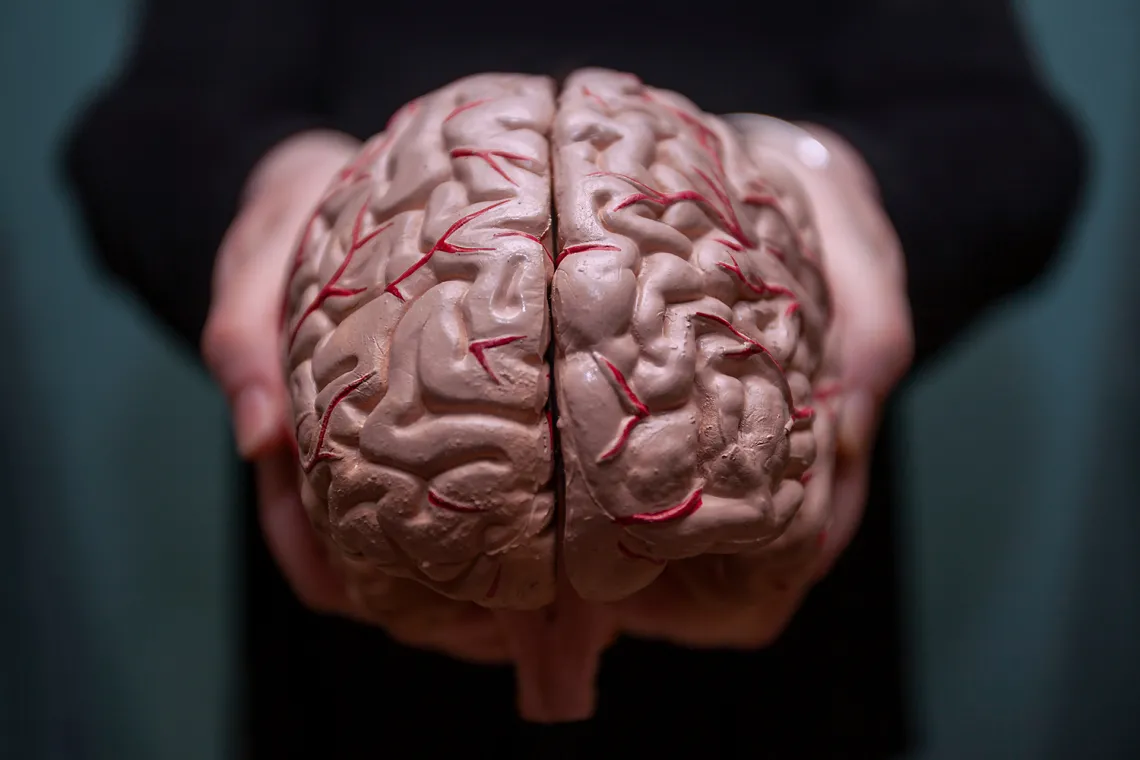Modulation of brain excitability to treat language deficit in Alzheimer’s disease

Episodic memory impairments are most prevalent in patients with Alzheimer’s disease. However, in an atypical variant of Alzheimer’s called Primary Progressive Aphasia (PPA), language areas of the brain undergo degeneration, leading to language impairment. PPA is debilitating because it can affect all aspects of language, including speaking, comprehending, reading, and writing. Consequently, this leads to difficulties with communication, social isolation, and loss of employment. Currently there is no cure for PPA and once the disease starts, we cannot stop it. In PPA, impairments of language slowly expand to other cognitive domains, including attention, memory and visuospatial skills.
Recently, our group found that reduced activation and abnormal electrical responses in the frontal and parietal brain regions are associated with early cognitive and language deficits in PPA. Because these regions are structurally preserved in the early stages of the disease, they can be promising targets for intervention.
In recent years, noninvasive neuromodulation techniques have emerged as a possible approach to treat various neurological disorders. Transcranial direct current stimulation, or tDCS,is a form of noninvasive brain simulation that that uses weak electric currents applied to the scalp to modulate brain responsiveness by temporarily altering neuronal activation.
In our research we apply tDCS to the brain regions that show reduced activation but still are structurally intact. In combination with speech-language therapy, the goal is to promote neuroplastic changes in the neurons of the brain to slow disease progression and improve cognitive skills.
In PPA, brain regions that subserve language undergo slow atrophy. Symptom onset can take years, and affected regions remain involved in language function despite losing efficiency and ultimately functional and structural integrity. Neuromodulation with tDCS is a promising therapeutic option for language recovery in neurodegenerative disorders because we have time to identify affected but still engaged regions and apply interventions that preserve or even restore their functionality.
The purpose of our current study is to determine whether neuromodulation with tDCS can improve language abilities in PPA by targeting functionally impaired (but structurally intact) cortex in the left hemisphere language processing network. We use a personalized approach informed by functional imaging and participants’ individual language profile. In this new study,we evaluate the effects of tDCS with advanced neuroimaging analyses to gain more insight into the mechanisms of adaptive plasticity and reorganization in the language network. We think that “boosting up” speech-language therapy with brain stimulation can lead to stronger and more lasting benefits.

